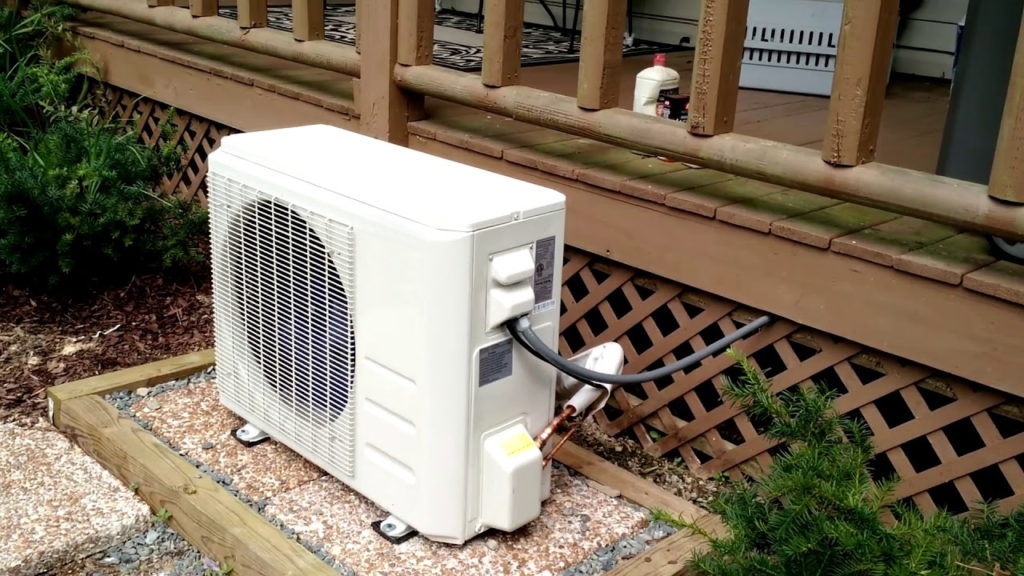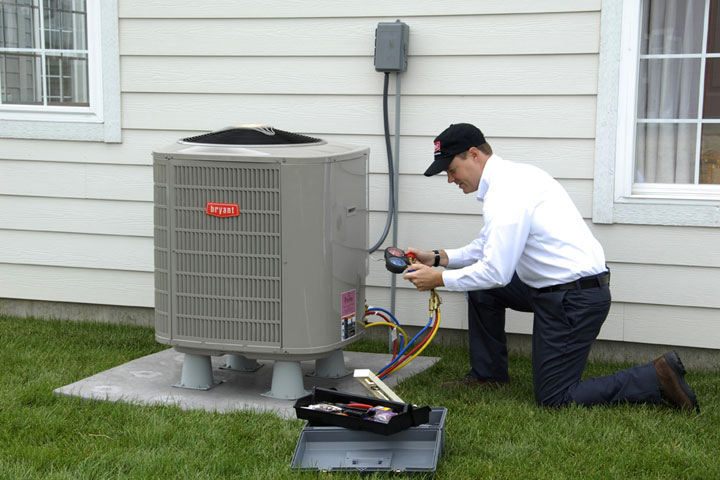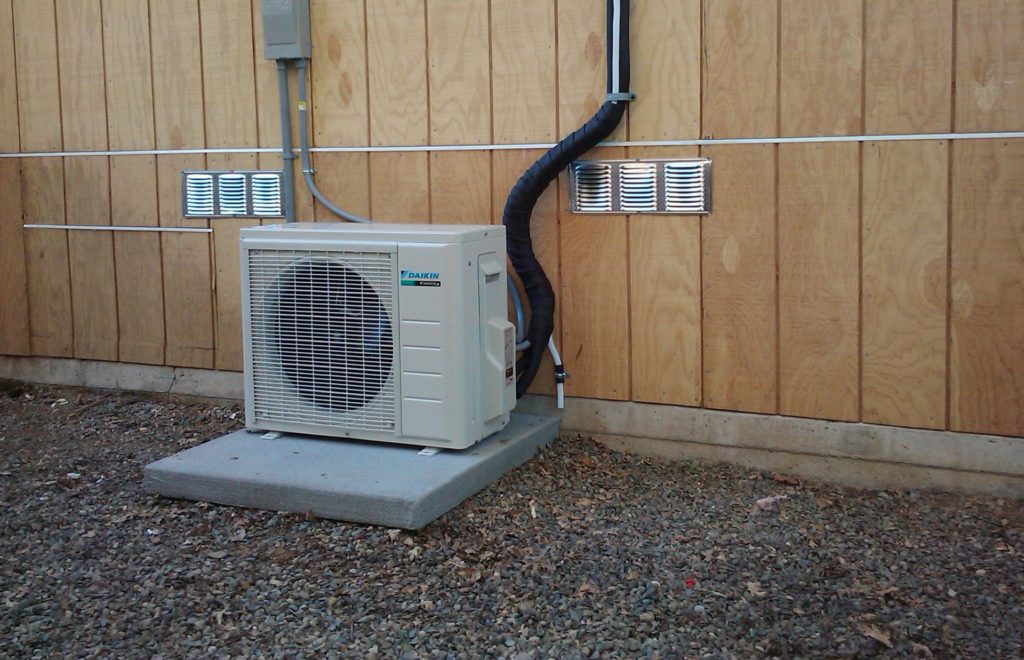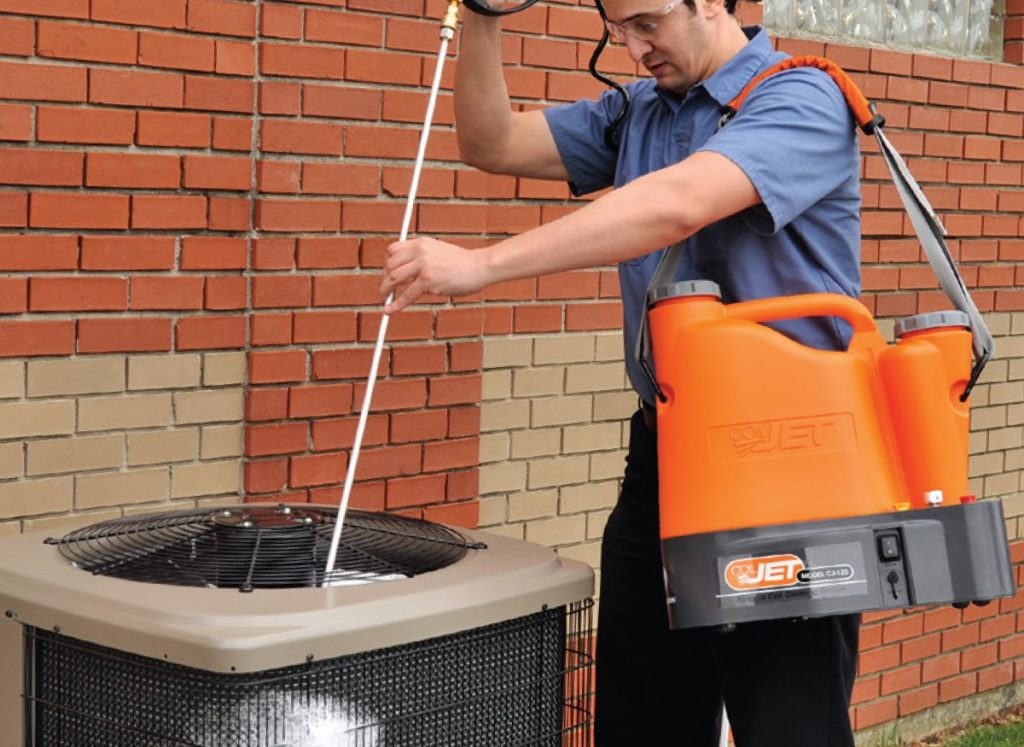

Heat pumps are fantastic systems. They can pull heat even from chilly winter air and transfer it inside your home. By transferring heat rather than generating it, heat pumps remain highly efficient for winter heating until when the outside temperature falls too low.
They are so revolutionary, in fact, that the UK is working on phasing out gas boilers Trusted Source Heat pumps: have a cosy home without warming the planet | Energy bills | The Guardian Home owners can get help from government schemes but do they really cut costs? www.theguardian.com and encouraging the replacement of old ones through renewable heat incentive plans. Here in the US, you can also find similar rebates and rewards on the DSIRE website Trusted Source Database of State Incentives for Renewables & Efficiency® - DSIRE The most comprehensive source of information on incentives and policies that support renewables and energy efficiency in the United States. Managed by NCSU. www.dsireusa.org .
However, installing these energy-saving heating solutions is only one step of the way. In winter when outside temperatures are very low, heat pumps struggle to keep up with heating demands. This is where knowing how to use your heat pump in winter will help you tip the scales in favor of your heat pump and keep your energy bills low.
This involves a general understanding of how heat pump units work in winter, the maintenance and care procedures necessary, and a knowledge of what common problems you can expect and how to deal with them.

To accomplish this feat, the system uses a refrigerant that evaporates when heated and condenses when cooled, absorbing and releasing heat in the process. Even on cold days, the outside air still contains enough energy to efficiently warm your home with minimum electrical energy input.
However, during extra-cold winter weather, the temperature difference between the outside air and the indoors can be large. While the pump should maintain efficiency while outside air remains 30F and above, it starts struggling at 25F and below.
At this point, an auxiliary heating system kicks in to help your heat pump maintain the recommended indoor temperature. This auxiliary system usually consists of electrical resistance coils that heat up and warm the air coming into your home. Various thermostats and sensors work together to automate the entire process for you.
The different heat pump brands available integrate this technology in various ways to make it as efficient as possible. Like any other heating system, heat pumps need to be of extremely high-quality construction to cope with the harsh demands placed on them.
Goodman is one of the most respected brands when it comes to home heating. In particular, the Goodman 3-Ton 14 SEER system is an integrated solution that connects to existing ductwork and requires only a low-voltage connection to work, making it a perfect system for large rooms and modular or open-plan spaces. Other top-notch heat pump brands to consider include:
Here are some expert tips to help you maximize the efficiency and effectiveness of your heat pump in the winter.
If you are only just now installing a heat pump, make sure to do it properly. It should serve only the most important rooms such as living rooms and bedrooms. Alternatively, you can use a larger ducted unit for the whole house.
Second, ensure that the unit you install is powerful enough to suit your heating needs. A unit that is too small will be forced to work harder, while one that is too large will use up more energy.
There is a lot of work that goes into ensuring that your home is ready for winter, but the payoff in energy savings can be immense. One of the most important things to do is insulate your home properly for minimal heat loss.
Free air circulation around your outdoor unit is critical to its operation. Take care to keep the area around it clear of snow and debris such as plants, leaves, and anything else that could potentially block or damage the unit. It follows that you also should not cover the outdoor unit in any way.
Unlike conventional heating systems, cranking up the thermostat won’t heat up the room any faster, but it will work the unit harder and consume more energy. Instead, set the unit to increase the temperatures for specific rooms 20 minutes before you need to use them.
Additionally, don’t warm up too many rooms at once. Turn down the heat in any room that you are not currently using to save on energy. This way is the most efficient way to use a heat pump while maximizing comfort in your house.
If you get particularly cold winters, it’s fair to maintain a furnace to complement your heat pump. This helps you to maintain efficiency and have a backup option in case one system fails.
Heat pump water heaters work just heat pumps but warm up your water instead. Thus, installing such a unit helps you spend less on water heating every winter compared to traditional units.
One such unit is the Rheem Indoor Direct Vent tankless water heater. Despite its tedious installation process, the system works like magic and has almost no delay in the delivery of hot water. It provides consistently hot water even during high demand and has almost no issues when properly installed.
There are some common problems that you might experience as you operate your heat pump in winter. Most of them are only minor issues that you can clear with a few minutes of work.
Despite their high initial costs, heat pumps are an exciting development that could greatly cut heating energy needs for entire communities and countries. The world is especially concerned about reducing carbon dioxide energy levels in the atmosphere, and heat pumps certainly help us with that.
Once you have your heat pump installed and running, it’s in your best interests to keep it running at maximum efficiency. Follow these tips on how to use your heat pump in winter and we guarantee a surprising change in your energy bills.





